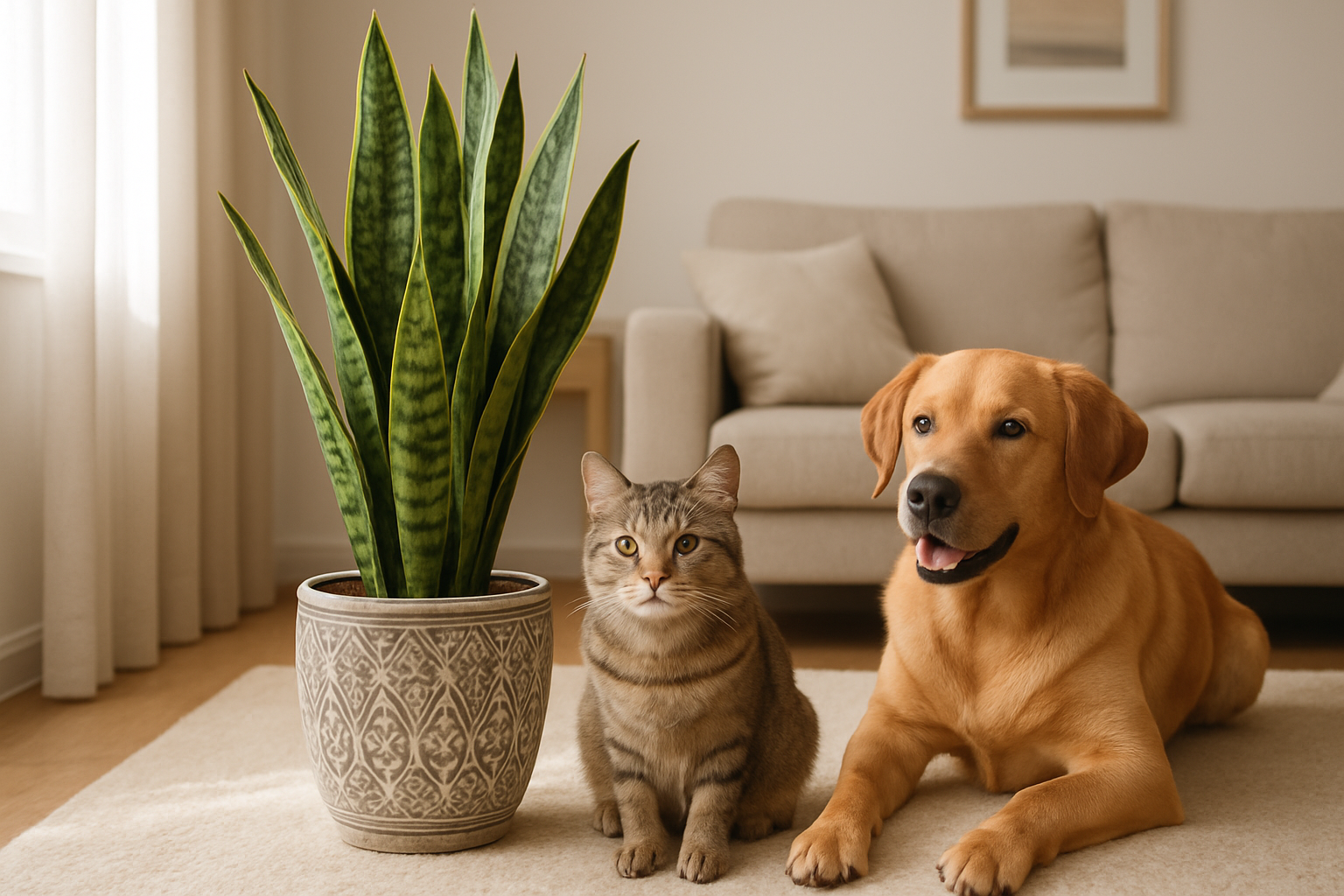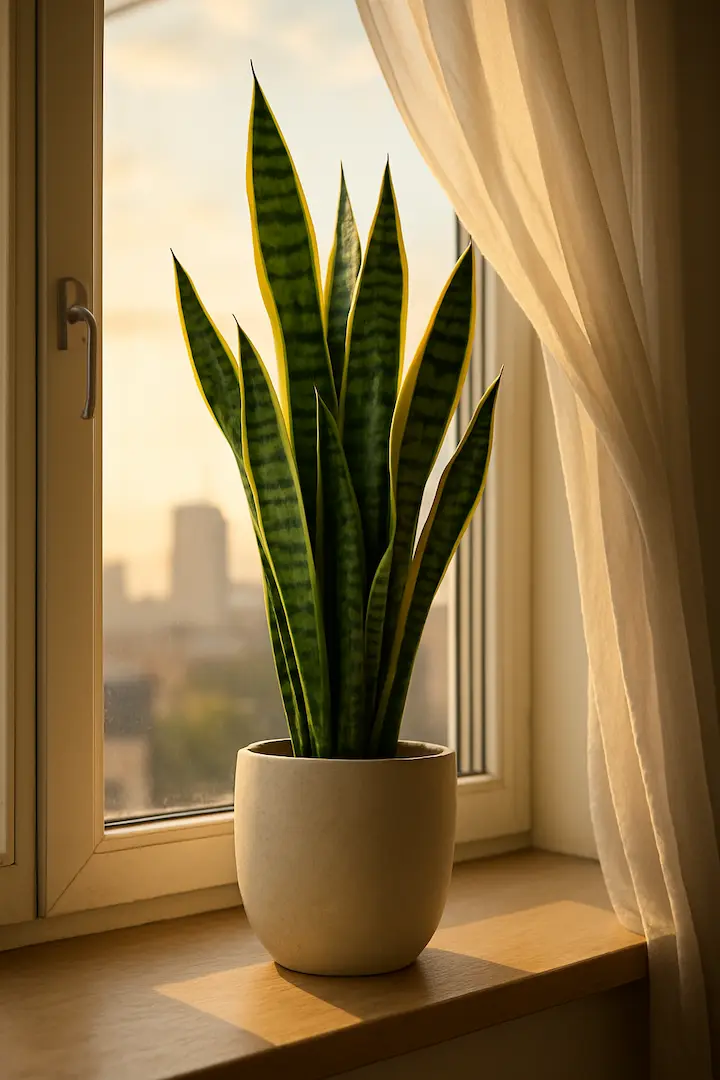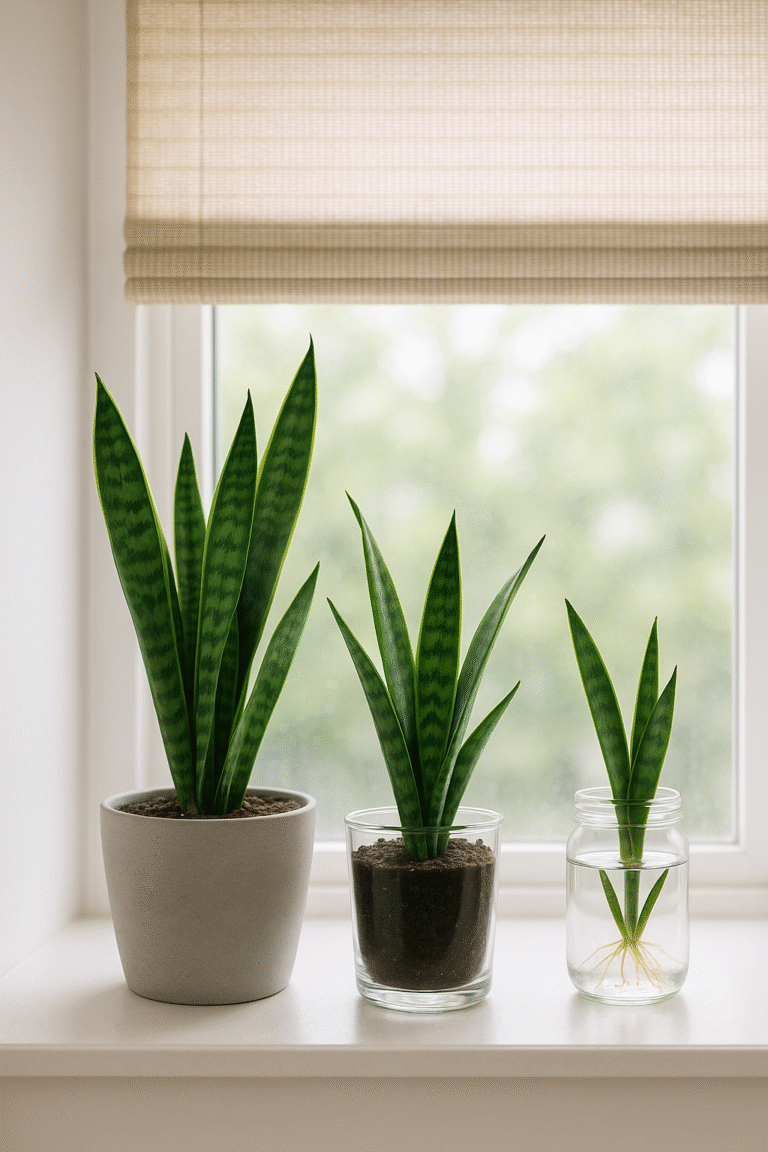Snake Plant Toxic Cats: A Pet Owner’s Guide to Safety
Snake plants (Sansevieria trifasciata), also known as Mother-in-Law’s Tongue, are incredibly popular houseplants due to their striking appearance and low-maintenance nature. They thrive on neglect, making them a favorite for both seasoned plant enthusiasts and beginners alike. Their ability to purify air and adapt to various light conditions further adds to their appeal, making them a staple in many homes and offices. However, for pet owners, the beauty and ease of snake plants come with a crucial question: Are they safe for our beloved furry friends, especially considering that a snake plant toxic cats situation is a common concern? Many wonder about snake plants and dogs too.
This article aims to provide practical, actionable advice for pet owners who wish to enjoy the aesthetic and air-purifying benefits of snake plants without compromising their pets’ safety. We’ll delve into the specifics of why a snake plant toxic cats scenario can occur, what symptoms to look out for if your pet ingests the plant, and most importantly, how to create a harmonious environment where both your plants and pets can thrive. Understanding if a snake plant poisonous for cats is true, and how snake plants toxic to dogs can be, is key for responsible pet ownership.
Understanding Snake Plant Toxicity: Is a Snake Plant Toxic Cats?
While snake plants are not considered highly toxic or fatal to pets, they do contain compounds called saponins. Saponins are natural chemicals found in many plants that can cause gastrointestinal irritation if ingested. Think of them as a natural defense mechanism for the plant, deterring animals from munching on their leaves. This is the primary reason why a snake plant toxic cats situation is a valid concern for pet parents.
The toxicity level of snake plants is generally mild to moderate. This means that while ingestion can cause discomfort and unpleasant symptoms for your pet, it’s unlikely to lead to severe, life-threatening conditions. However, the severity of symptoms can depend on the amount of plant material ingested and the individual sensitivity of your pet. The fact that a snake plant toxic cats scenario usually results in mild to moderate symptoms doesn’t mean precautions shouldn’t be taken.
Common Symptoms of Ingestion
If your curious cat or dog decides to take a bite out of your snake plant, keep an eye out for the following symptoms, which are indicative of a snake plant toxic cats or dogs issue:
- Nausea: Your pet might appear restless, lick their lips frequently, or show a general unease.
- Vomiting: This is a common response as the body tries to expel the irritating saponins.
- Diarrhea: Loose stools can also occur due to gastrointestinal upset.
- Drooling: Excessive salivation can be a sign of irritation in the mouth or throat.
- Loss of Appetite: Your pet might refuse food or show a decreased interest in eating.
- Lethargy: A noticeable decrease in energy levels or unusual tiredness.
It’s important to note that these symptoms are generally self-limiting, meaning they will resolve on their own once the irritant has passed through your pet’s system. However, it’s always best to monitor your pet closely and seek veterinary advice if symptoms are severe or persistent, especially if you suspect a snake plant toxic cats incident.
Practical Advice for Pet Owners
Coexisting with snake plants and pets is entirely possible with a few proactive measures. The key is to minimize your pet’s access to the plant and to be prepared in case of accidental ingestion, particularly if you are aware that a snake plant toxic cats situation could arise.
Prevention is Key
1. Strategic Placement: The most effective way to prevent ingestion is to keep your snake plants out of your pet’s reach. Consider:
- High Shelves: Place plants on shelves that are too high for your pet to jump or climb to.
- Hanging Baskets: Suspend snake plants from the ceiling or a wall, ensuring they are well above your pet’s head.
- Closed Rooms: If you have a particularly curious pet, consider placing snake plants in rooms that your pet doesn’t have access to, such as a home office or guest bedroom.
- Terrariums or Cages: For smaller plants or very determined pets, a decorative terrarium or a secure cage can provide an extra layer of protection.
2. Deterrents: Sometimes, simply placing a plant out of reach isn’t enough, especially for agile or persistent pets. In such cases, you can try:
- Bitter Sprays: Pet-safe bitter sprays (available at pet stores) can be applied to the leaves of your snake plant. The unpleasant taste will deter your pet from chewing.
- Physical Barriers: Surround the base of the plant with pebbles, pinecones, or aluminum foil. Many pets dislike the texture and will avoid the area.
- Citrus Peels: Some pets are repelled by the scent of citrus. Placing orange or lemon peels around the plant pot can act as a natural deterrent.
3. Training and Redirection: Training your pet to leave plants alone can be a long-term solution. Use positive reinforcement to reward your pet for ignoring plants. If you catch your pet attempting to chew on a plant, redirect their attention to a more appropriate chew toy or activity.
Monitoring Your Pet
Even with the best preventative measures, accidents can happen. It’s crucial to:
- Be Aware of Symptoms: Familiarize yourself with the symptoms of snake plant ingestion (nausea, vomiting, diarrhea, drooling, loss of appetite, lethargy) so you can quickly identify if your pet has ingested part of the plant.
- Observe Pet Behavior: Pay attention to your pet’s habits around plants. If they show unusual interest or start sniffing around your snake plants more than usual, it might be a sign they’re considering a taste.
What to Do if Ingestion Occurs
If you suspect your pet has ingested a piece of your snake plant, remain calm and take the following steps:
- Remove Plant Material: Gently remove any remaining plant material from your pet’s mouth to prevent further ingestion.
- Contact Your Veterinarian or Pet Poison Control: This is the most crucial step. Call your veterinarian immediately or contact a pet poison control hotline (e.g., ASPCA Animal Poison Control Center or Pet Poison Helpline). Provide them with as much information as possible, including the type of plant, the amount ingested (if known), and your pet’s symptoms.
- Do NOT Induce Vomiting: Unless specifically advised by a veterinarian, do not try to induce vomiting. Inducing vomiting inappropriately can cause more harm than good.
Pet-Safe Plant Alternatives
If you’re still concerned about having snake plants around your pets, or if your pets are particularly persistent chewers, there are many beautiful and non-toxic houseplants that you can safely introduce into your home. Here are a few popular options:
- Boston Fern (Nephrolepis exaltata): A lush, vibrant fern that adds a touch of greenery and is completely safe for cats and dogs.
- Spider Plant (Chlorophytum comosum): Easy to care for and known for its air-purifying qualities, spider plants are non-toxic and produce adorable plantlets that are fun to propagate.
- Areca Palm (Dypsis lutescens): A graceful, feathery palm that brings a tropical feel to any room and is safe for pets.
- African Violet (Saintpaulia): These charming flowering plants are small, beautiful, and non-toxic, making them a great choice for pet owners.
- Christmas Cactus (Schlumbergera bridgesii): A popular succulent that produces vibrant blooms and is safe for pets.
Conclusion: Responsible Pet Ownership and Plant Enjoyment
Owning both snake plants and pets can be a rewarding experience. While snake plants do contain compounds that can cause mild irritation if ingested, with proper precautions and responsible pet ownership, you can minimize any risks. By understanding the potential dangers, including the fact that a snake plant toxic cats situation is possible, implementing preventative measures, and knowing what to do in case of an incident, you can create a safe and harmonious environment for all members of your household – both two-legged and four-legged.
Remember, the goal is to enjoy the beauty and benefits of your snake plants while ensuring the well-being of your beloved pets. A little knowledge and proactive planning go a long way in achieving this balance. Happy planting, and happy pet parenting!







